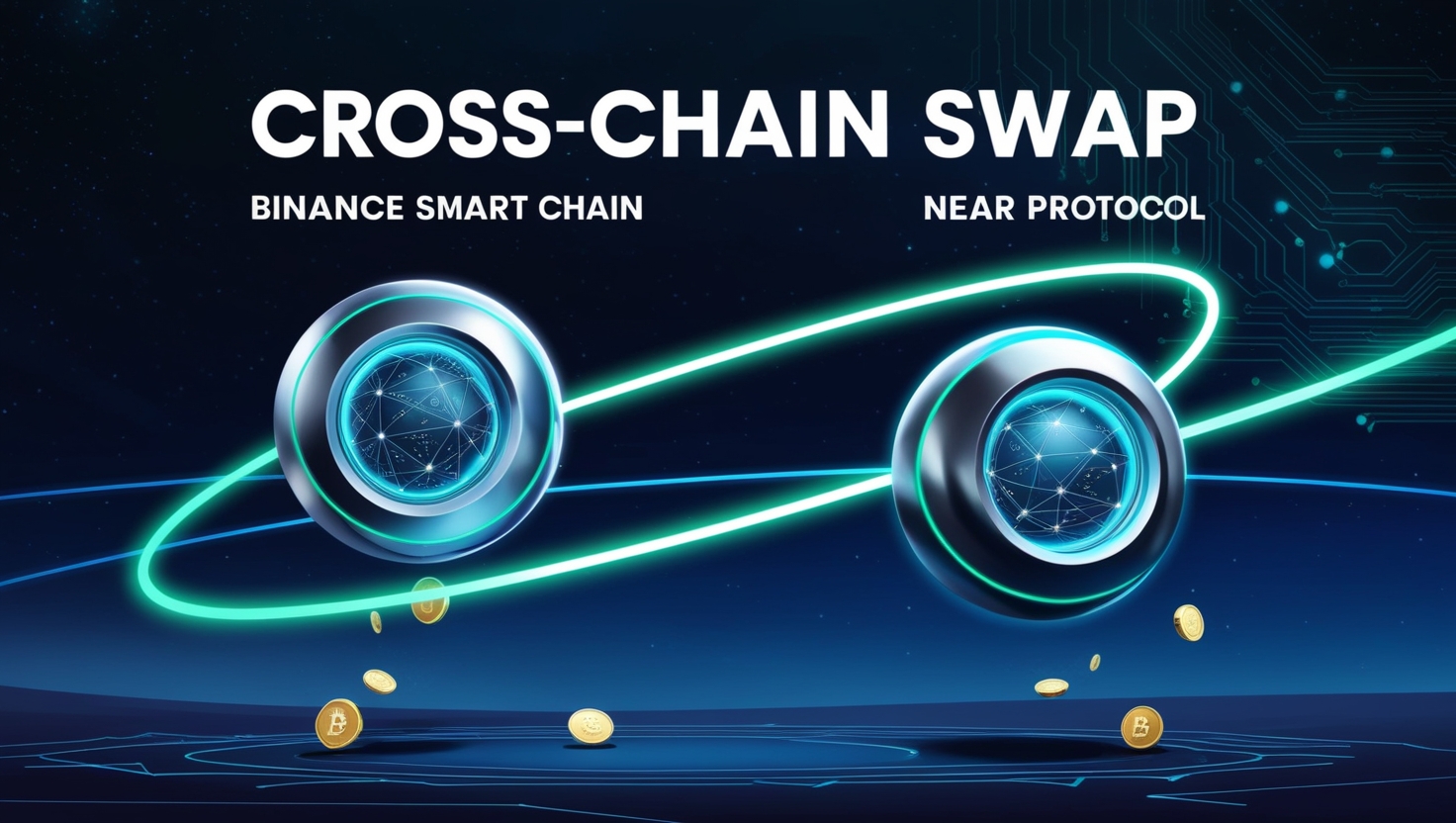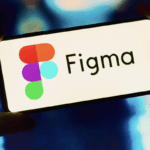In this article, I will discuss the How to Cross-Chain Swap from BSC to NEAR.
With the growth of decentralized finance (DeFi) and blockchain interoperability, knowing how to smoothly transfer assets from one network to another is important.
I will walk you through the steps including the important tools and practices needed to enable a secure and efficient swap.
What Is a Cross-Chain Swap?
A cross-chain swap permits users to trade cryptocurrencies in different blockchain networks without a centralized exchange.
It improves asset transfer mechanisms, allowing for greater blockchain interoperability.

The use of smart contracts or cross-chain bridges guarantees the secure transfer of tokens between networks like Binance Smart Chain (BSC) and NEAR.
This process is imperative for utilizing DeFi services, reducing transaction expenses, and spreading one’s cryptocurrency investment across multiple ecosystems.
How to Cross-Chain Swap from BSC to NEAR

Instructions For Using AllBridge Classic (Example BSC to NEAR)
Step 1: Setting Up The Wallets
BSC Wallet: You can use MetaMask set to Binance Smart Chain for this task.
Network details to be filled in:
Name of the Network: Binance Smart Chain Mainnet
RPC URL: https://bsc-dataseed.binance.org/
Chain ID: 56
Symbol: BNB
Explorer: https://bscscan.com
You must also possess the token which you plan to bridge (Example: BNB or USDT) and some BNB in the wallet to cover gas costs (0.01 to 0.05 BNB is recommended).
NEAR Wallet: A NEAR wallet can be created at wallet.near.org.
Creating a new account? Login and protect your seed phrase.
You also need to possess a small balance of NEAR (approximately 0.05 NEAR) in order to complete gas transactions from the source blockchain.
Step 2: Allbridge Platform
Open your browser and go to Allbridge site: Access https://allbridge.io.
Select Allbridge Classic: On the homepage, choose “Classic” option on the “Core” unless swapping stablecoins—see notes below.
Step 3: Single Step Overview
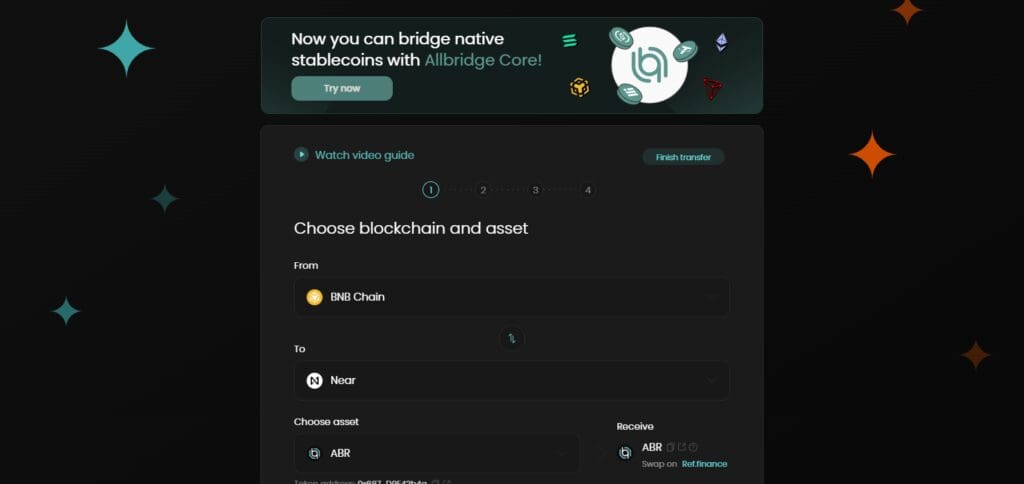
Connect Wallets
Source Wallet (BSC):
Click Connect wallet on the From part.
Click on MetaMask and choose network as BSC and permit the connection.
Destination Wallet (NEAR):
On the “To” part click Connect Wallet.
Select the NEAR Wallet option, login through wallet.near.org and permit the connection.
Step 4: Set Up The Swap
Choose Chains: On the From section, set the dropdown to read Binance Smart Chain and set it to BSC.In the dropdown under “To”, select NEAR Protocol.
Choose Token: Select the token to be sent from BSC (e.g. USDT, BNB, or any other accepted token). Allbridge Classic works with both native and wrapped tokens—verify on their webpage for compatibility.
Unless natively supported, the token will be received as wrapped on NEAR (for example, wUSDT).
Enter Amount: Specify the amount you wish to bridge (e.g., 10 USDT). The interface will estimate the amount you will receive on NEAR after deducting fees.
Step 5: Initiate the Bridge
Review Details: Verify the summary of the transaction: total sent, total received, bridge fee (Usually 0.3% which is divided per chain into 0.15%), gas fees.
Check that your BNB balance covers the gas cost on BSC.
Approve and Send:
MetaMask will require you to give token spending permission to Allbridge with an “Approve”. This is your first transaction.
To complete the second transaction, click “Send” then confirm the transfer in MetaMask.
Your tokens get locked on BSC through Allbridge’s smart contract.
Step 6: Receive on NEAR
Wait for Processing: This bridging procedure takes between 1-5 minutes depending on the network state (congested or not).
The unlock-and-mint system is used by Allbridge where tokens are locked on BSC while their corresponding tokens get minted on NEAR.
Claim (if Required):
For some transactions, you may need to claim the tokens on NEAR manually. Go to your NEAR Wallet and on Allbridge, if you see the option, click “Receive” or “Claim,” and approve the transaction (requires NEAR for gas).
Check Balance:
Go to wallet.near.org to check whether the tokens (for example wUSDT) are in your NEAR Wallet.
Step 7: Use Your Tokens
Swap or Use: NEAR allows you to trade your bridged tokens on DEXs like Ref Finance or participate in DeFi protocols.
Reverse Process: To bridge back, follow the same steps, but this time set the source as NEAR and the destination as BSC.
Other Place Where Cross-Chain Swap from BSC to NEAR
Kyber Network with NEAR Intents
Kyber Network, in conjunction with NEAR Intents, provides a cross-chain token swap service from BSC to NEAR.
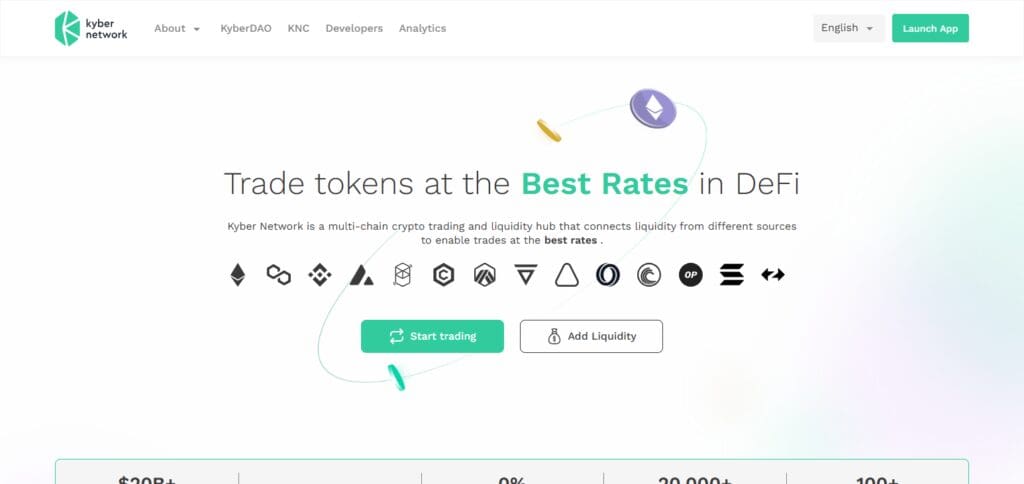
Its distinct feature is it’s liquidity aggregation model, one of a kind in the industry that finds the most efficient and cost-effective token swaps, as well as the best token prices spanning across several platforms.
Using Kyber’s liquidity pools and NEAR’s rapid, cost-efficient transactions, users can move assets between BSC and NEAR with ease, improving DeFi usage and interoperability between the chains.
Multichain (Formerly AnySwap)
Multichain, which used to be known as AnySwap, provides a cross-chain swap service from BSC to NEAR, allowing for effortless transfers of assets.
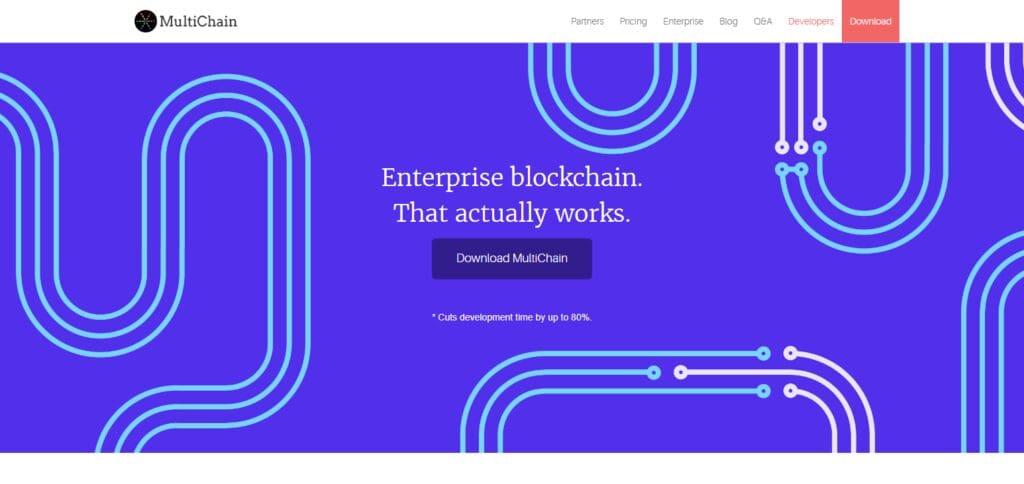
What sets it apart is the application of decentralized liquidity pools which enable quick and safe token swaps without centralized intermediaries.
It enables users to seamlessly tap into NEAR’s ecosystem while preserving the liquidity benefits from BSC, thereby making it a dependable solution for cross-chain interoperability.
Why Swap from BSC to NEAR?
Scalability
NEAR can handle thousands of transactions per second (TPS) because of its sharded architecture. This offers better processing speeds compared to BSC which has congestion during peak demand.
Low Fees
NEAR has lower transaction fees than BSC, which is especially inconvenient when demand increases.
Developer Friendly
The NEAR blockchain ecosystem offers better scalability for programmable blockchains compared to BSC. It includes simpler programming languages (Rust and AssemblyScript), making novel decentralized applications easier to construct.
Cross-Chain Compatibility
Easier token transfers are supported by bridges with other blockchains such as Ethereum and BSC.
Energy Efficiency
Compared to BSC’s Proof of Authority (PoA), NEAR’s Proof of Stake (PoS) construction allows for better energy efficiency, NEAR employs, resulting in forsaking greater environmental impact.
Tips for a Secure Swap
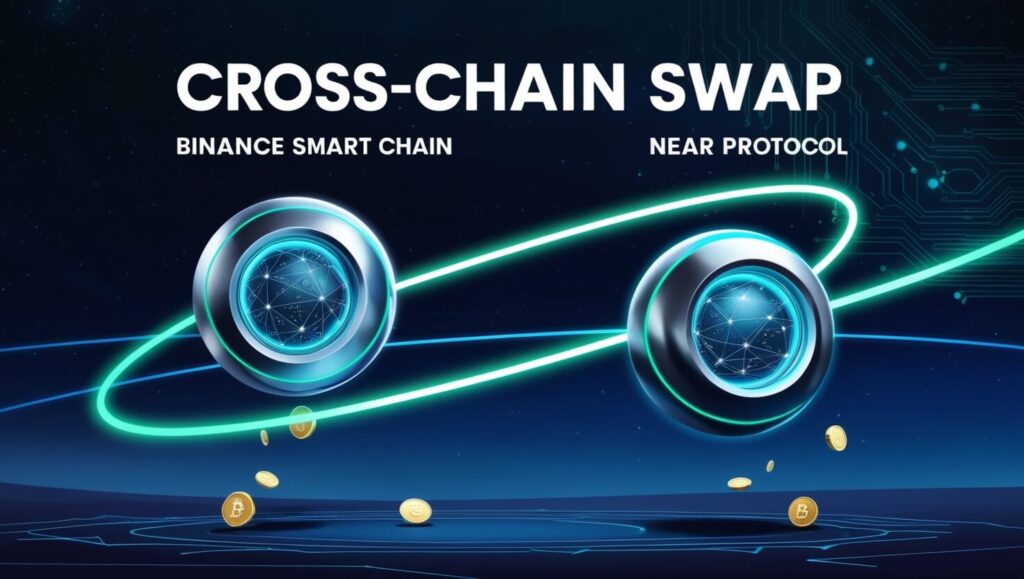
Use Trusted Bridges
Using well-known and reliable bridges for switching tokens between BSC and NEAR is a common BSC to NEAR connection. For instance, the NEAR-to-Ethereum bridge and Wormhole bridge offer inter-chain transfers.
Verify Smart Contracts
Make sure to verify the smart contract addresses and double check via reputable sources like official websites or developer documentation. You should always make sure the contract has auditing.
Be Cautious of Phishing
Pay extra attention not to click on random links or pop-ups, and navigate through official sites. You can be assured no unauthorized personnel will attack from platforms or bridges.
Use Secure Wallets
Always make it a point you are familiar with MetaMask and NEAR Wallet. Zombies such refers to the popular harsh wallet that deals with both BSC and NEAR. And always set 2 step verification.
Small Test Transactions
Conduct a smaller transaction before large sum transfers to check if successful receipt of funds and processes work as expected.
Check Gas Fees
While bridging tokens, keep a meticulous eye on the gas provided on both chains. In terms of gas cost efficiency, near has the advantage and so does BSC, but their congestion relies on ties on the network.
Stay Updated
For any news related to the bridges and the swapping tools you use, stay alert as there could be new updates, new vulnerabilities, or important changes that subsist.
Use Hardware Wallets
If the amounts are larger, it is wise to use a hardware wallet like Ledger or Trezor for capturing, as these devices provide enhanced security for the private keys during the swap.
Pros & Cons
| Pros | Cons |
|---|---|
| High Scalability: NEAR’s sharded architecture offers high scalability, ensuring faster transactions. | Complexity: Cross-chain swaps can be more complex, especially for beginners. |
| Low Transaction Fees: NEAR offers lower gas fees compared to BSC, making swaps cost-effective. | Limited Bridges: Fewer options for bridging tokens between BSC and NEAR compared to popular chains like Ethereum. |
| Energy Efficient: NEAR uses Proof-of-Stake, making it more energy-efficient than BSC’s Proof-of-Authority. | Bridge Vulnerabilities: Some bridges may have vulnerabilities or have been targeted by hackers in the past. |
| Better Developer Tools: NEAR provides robust tools for developers, making it easier to build dApps. | Learning Curve: Understanding NEAR’s ecosystem and the bridging process may require some learning. |
| Interoperability: NEAR supports cross-chain functionality, allowing users to interact with multiple chains. | Network Maturity: NEAR is still growing in terms of dApp adoption compared to more established chains like Ethereum and BSC. |
| Secure: NEAR’s consensus mechanism and smart contract audits help ensure security in cross-chain transfers. | Liquidity: NEAR’s liquidity pools and decentralized exchanges (DEXes) may not be as large or active as those on BSC. |
Conclusion
To sum up, moving assets through cross-chain swapping from BSC to NEAR could provide crucial advantages such as lower transaction costs, higher scalability, and a cleaner ecosystem.
The increasing cross-chain toolset for developers in NEAR is also advantageous for users and developers. Most importantly, be cautious of the limited number of active bridges, the convoluted process, and possible security issues.
For a smooth and safe swap, always utilize reliable bridges, check the legitimacy of smart contracts, and conduct transactions in minimal amounts initially. While the NEAR ecosystem is thriving, the overall simplification of cross-chain swaps will certainly increase the appeal for users in search of low-cost and highly scalable blockchain options.



